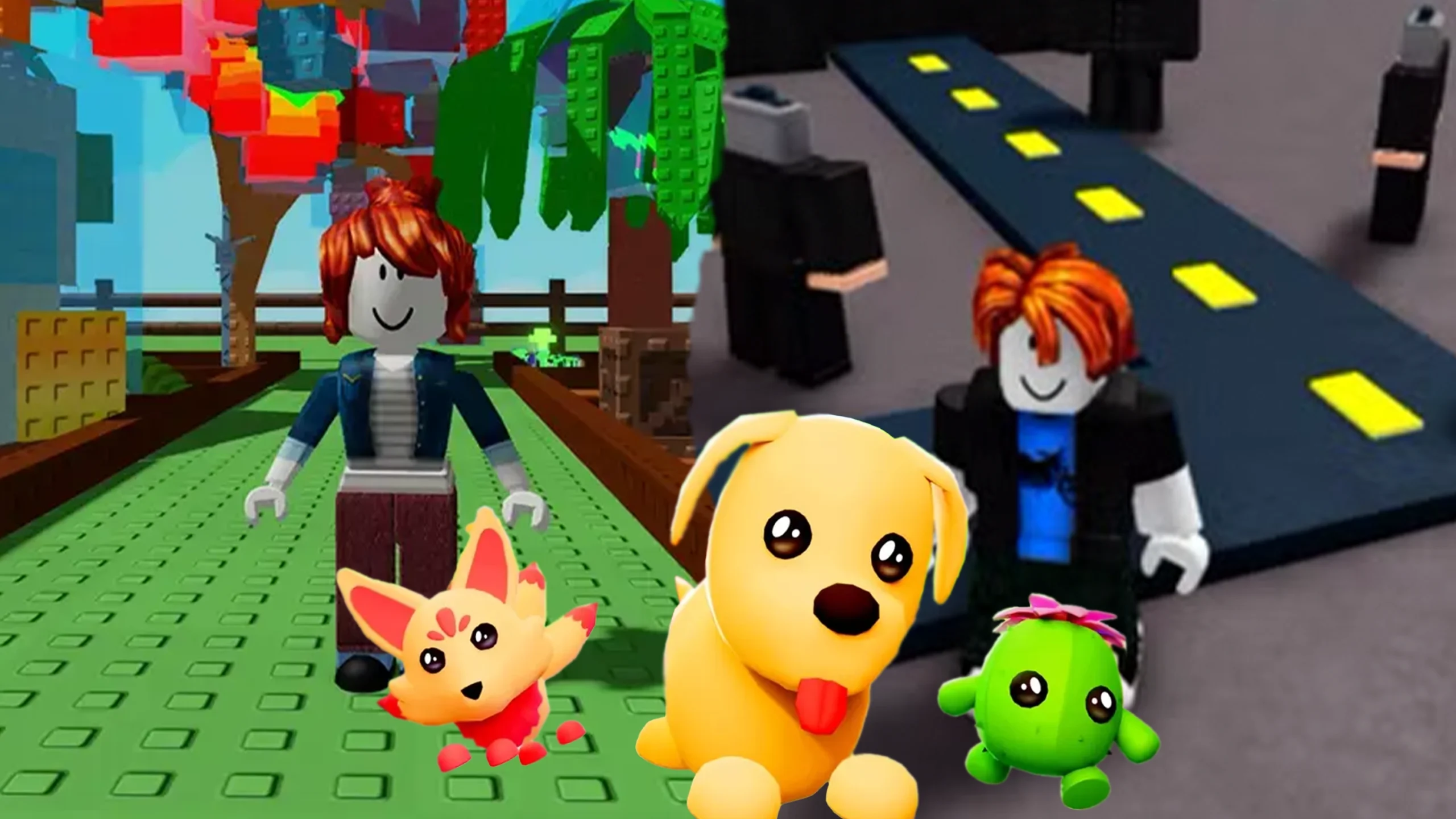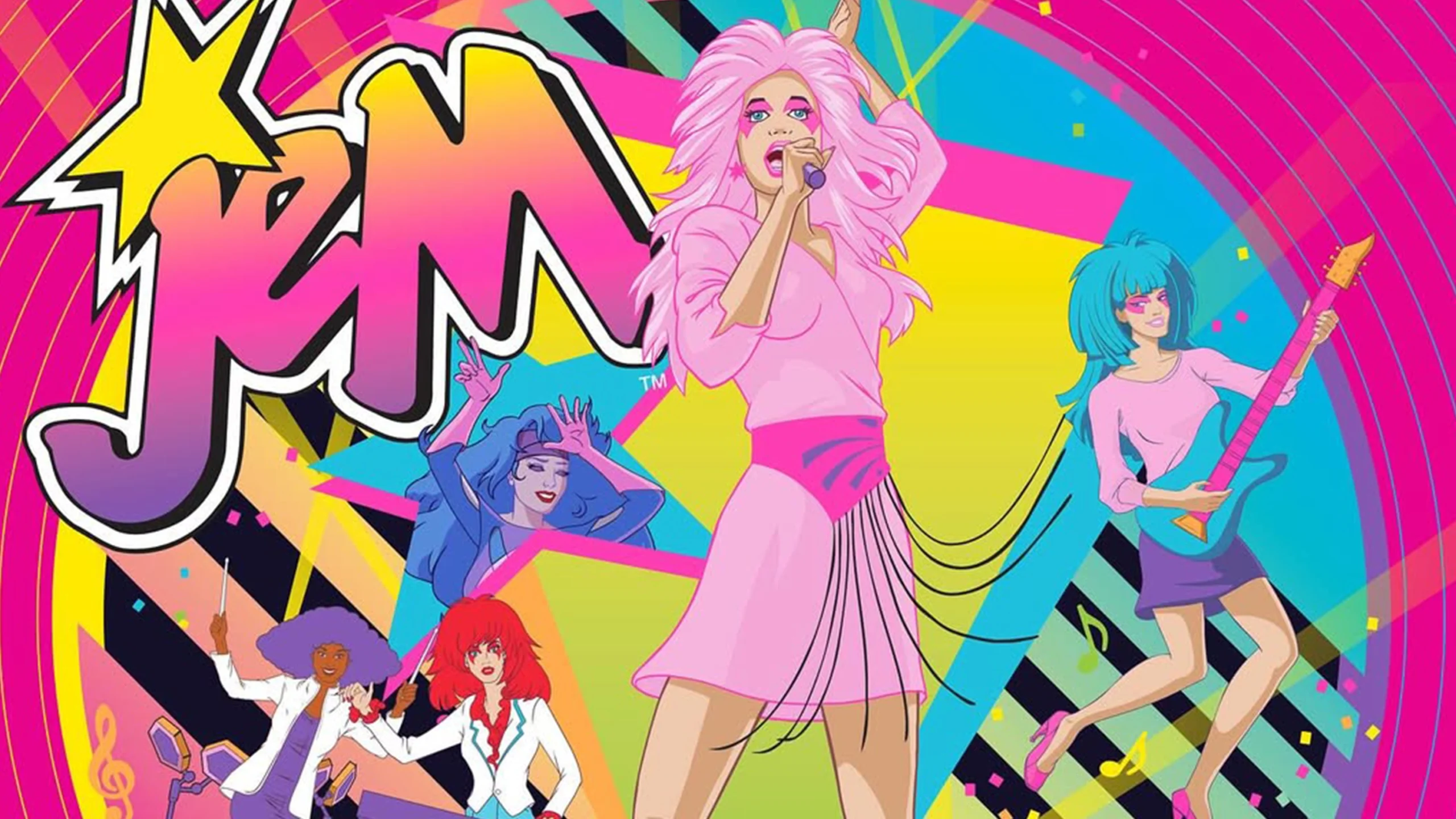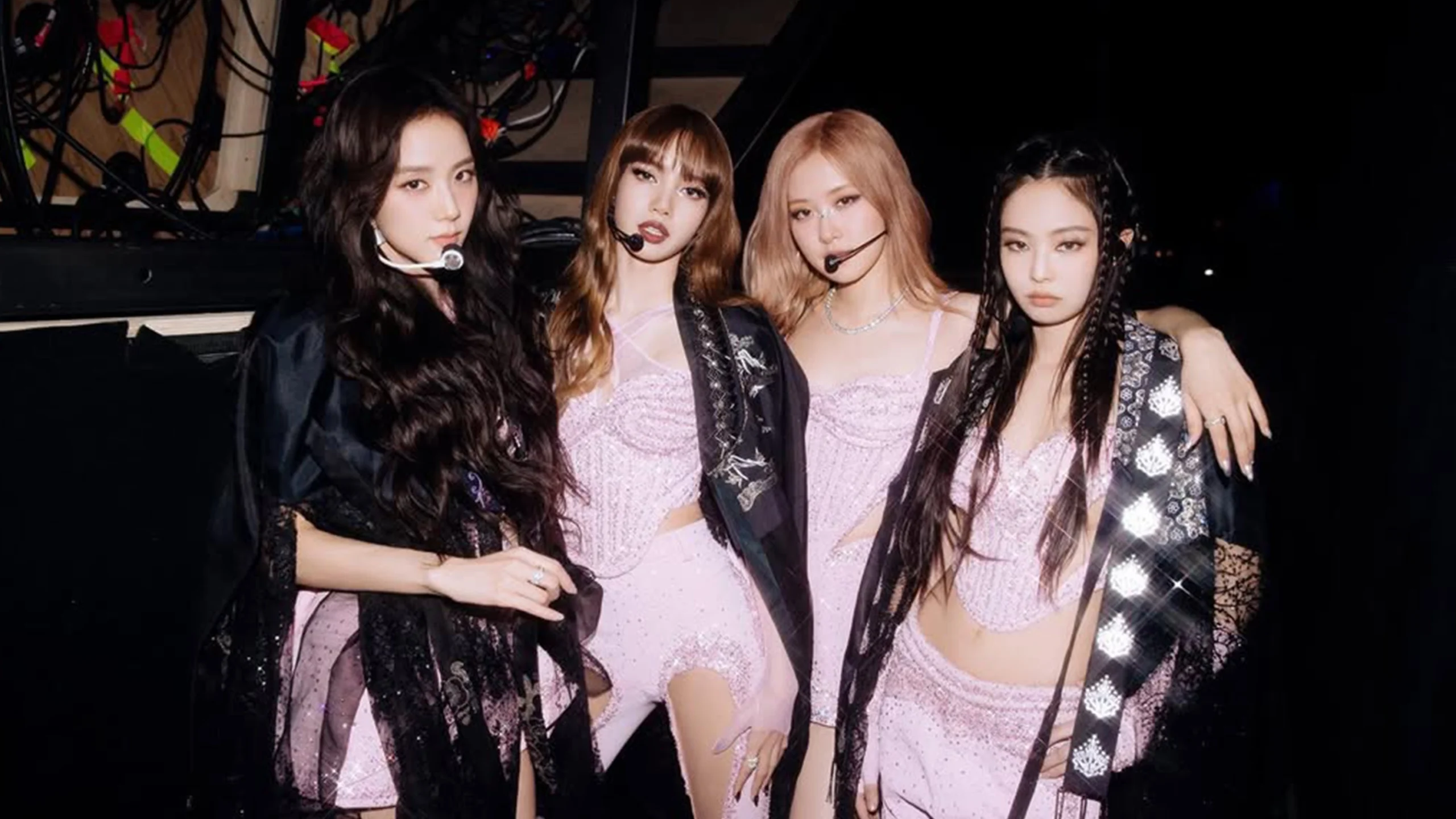Philippine Folk Dances Your Kids Can Learn for Buwan Ng Wika
Among the many languages in the Philippines, folk dances are a form that our kids can learn this Buwan ng Wika.
Folk dances play a vital role in Philippine history and in Filipino families. The many tribes spread across the archipelago celebrate their culture’s unique artistry and movement in their dances, telling tales of heroes, spirits, magic, or even of the nobility of hard work and patriotism. Some have even incorporated these movements into contemporary hip-hop performances. And besides the typical Pandango sa Ilaw, Cariñosa, and Tinikling, here are other dances that our kids can learn about this Buwan ng Wika.
1. Helobung
Although known more for their weaves, the T’boli have quite a selection of folk dances, too! One of them known as the Helobung means “never-ending joy.” During its namesake festival every November 9 to 11, the members of the T’boli dance to celebrate their cultures and traditions. Elders often dance this as well to pass on the tradition to the younger generation, making sure they never forget their roots.
2. Dinuyya
From the northernmost region of the Philippines, Dinuyya is a festival dance from Mt. Lagawe, Ifugao. It is a folk dance of gratitude wherein the people of Mt. Lagawe gather and dance together as a tribe to celebrate Canao (Thanksgiving). There are also times that the Ifugao dance the Dinuyya during weddings.
3. Sinulog
One of the biggest festivals of the year in Cebu, the Sinulog has its signature namesake folk dance where people would dance with energetic movements. Performers often wear vibrant colors to celebrate the Cebuanos’ devotion to the Sto. Niño.
4. Sagayan
A Philippine folk dance the energetic kids will surely enjoy! Armed with a kalasag (shield) and kampalan (sword), the Sagayan has dancers performing highly dramatic movements to simulate battle. The Sagayan tells the tale of the Maguindanao, Maranao, and Iranun’s hero, Prince Bantugan, winning his battles as he takes up his arms and vestments.
Some also say that the Sagayan is a “healing dance.” During the healing ritual of Ipat, the swords and shields serve as a friendly tribute to the spirit named Tonong.
5. Idaw
Another folk war dance for the energetic ones with the Idaw being the northern counterpart of Sagayan. However, the meaning is different. “Idaw” is a brown bird often found in the mountains that many saw as an omen of war and calamity. The Ifugao patterned the folk dance after the Idaw, using the dance to send a message to a rival tribe that war was coming.
6. Pantomina
Also known as Dance of the Doves, this Visayan folk dance pays tribute to the courtship ritual between birds. It’s performed in a variety of provinces like Bicol and Albay, creating multiple unique steps and variations to the folk dance. The male will often wear a barong while the female wears a colorful terno with a flowing skirt.
The Philippines has a rich collection of folk dances to celebrate Buwan ng Wika!
Although Pandango sa Ilaw, Tinikling, and Cariñosa have made their marks on Philippine culture and society, they may not be enough to spice up this year’s Buwan ng Wika. These folk dances don’t just celebrate emotion but the multiple cultures that make the Philippines the “Melting Pot” that we’re so proud of.
More Buwan ng Wika ideas?
6 Filipino Nursery Rhymes We Can Sing for Buwan ng Wika
5 Unique Buwan ng Wika Costumes That Kids Can Wear
How Families Can Celebrate Buwan ng Wika 2023









